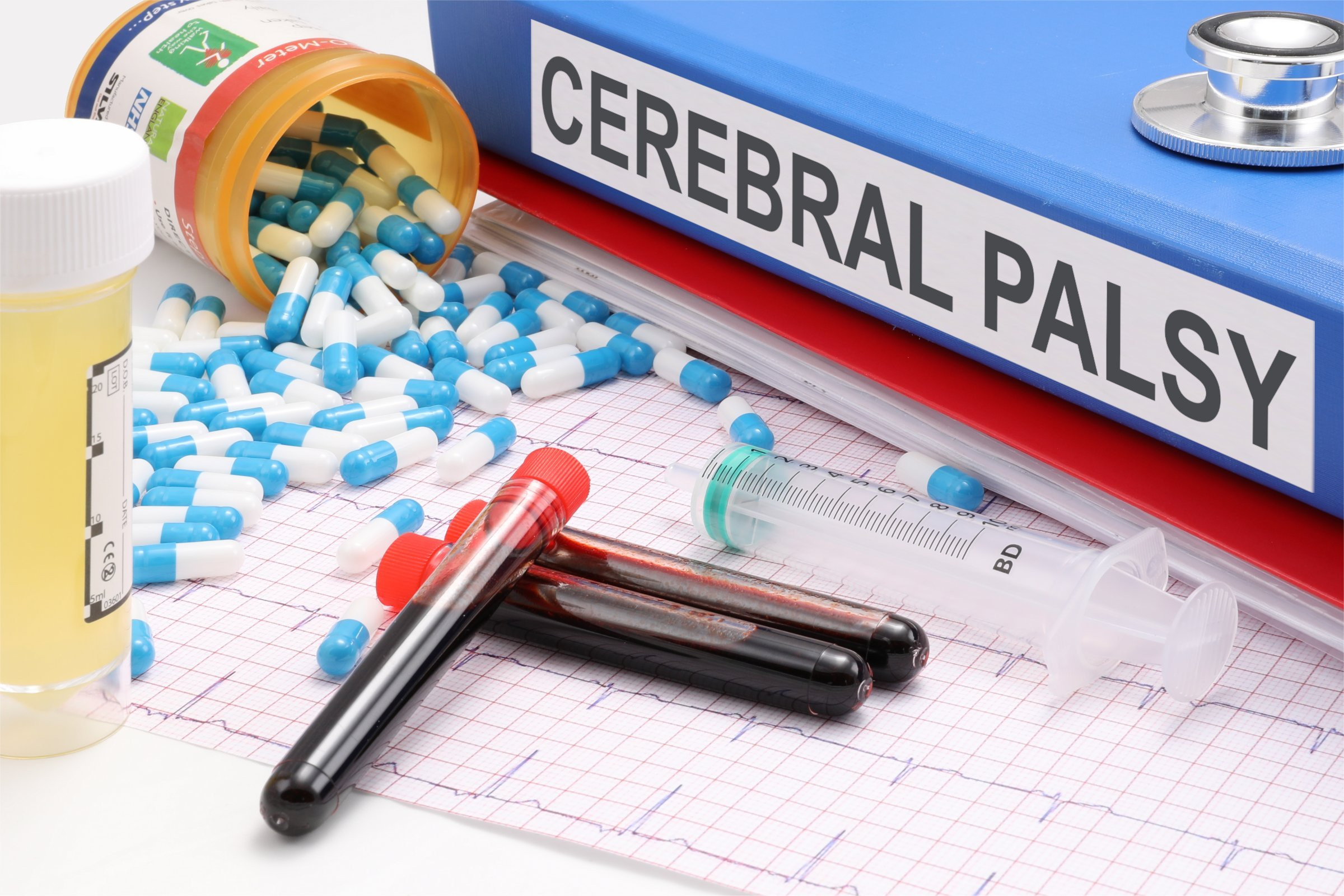Media release
From:
World Cerebral Palsy Day
Meet the young Melbourne medical researchers making a difference
It’s the most common of all physical disabilities, affecting one in 500 Australians and more than 17 million people worldwide, but there is still so much to learn about Cerebral Palsy.
At Hudson Institute of Medical Research some of the brightest young minds in medical science are working hard at better understanding, preventing and limiting the effects of CP.
What is Cerebral Palsy? Check out our website
Now, on World Cerebral Palsy Day it’s time to shine a light on some of these scientists and their ground-breaking research at Hudson Institute.
Working alongside leaders in their field, such as Professor Suzanne Miller and Associate Professor Graeme Polglase, these young researchers are breaking new ground and identifying novel ways to avoid the conditions that cause CP as well as mitigating its effects when it does occur.
· Madeleine Smith
o Working to uncover new stem cell treatments for cerebral palsy, particularly neural stem cells, which are the building blocks of our brain. Administered at the right time, and in the right place, they could rebuild tissue and may reverse the injury that leads to cerebral palsy. Importantly, my work is driven by the wishes of the cerebral palsy community, which has told us that stem cell research is an important priority.
· Sharmony Kelly
o Cytokines are essential proteins for growth and development, but when overproduced they can cause damage to the developing brain. Sharmony is targeting cytokines to reduce neurological impairments in premature babies, which can include developmental delays or cognitive and motor impairments such as cerebral palsy. She aims to inhibit the actions of two of the most damaging cytokines - interleukin 1 (IL-1), and interleukin 6 (IL-6), to prevent brain injury associated with preterm birth.
· Lindsay Zhou
o Investigating the use of umbilical cord blood stem cells for treatment of preterm brain injury, with the aim of finding an effective cell therapy to reduce the risk of cerebral palsy. His research includes a phase 1 clinical trial of babies’ own cord blood stem cells for preterm brain injury, studying the characteristics of these cells in the laboratory, and a pre-clinical study of how these cells can reduce inflammation and injury in the preterm brain.
· Ingrid Dudink
o A major cause of brain injury leading to cerebral palsy is the pregnancy complication known as Fetal Growth Restriction (FGR), where the placenta delivers insufficient oxygen and nutrients to the developing baby. Ingrid has developed a method to image and analyse the brain’s building blocks - the neurons – and identified changes in neuron structure in the FGR brain during a crucial period of its development. These findings are critical for helping us to better understand brain injury associated with FGR and to develop therapies to protect and restore the vulnerable fetal brain.
These are just some of the researchers making the Hudson Institute a leader in Cerebral Palsy research, giving new hope to families of the future.
Hudson Institute is a global leader in medical research. We make breakthrough discoveries that change lives.
Note to editors:
All the researchers listed above are available for interview. Photos of our researchers are available on request.



 Australia; VIC
Australia; VIC



